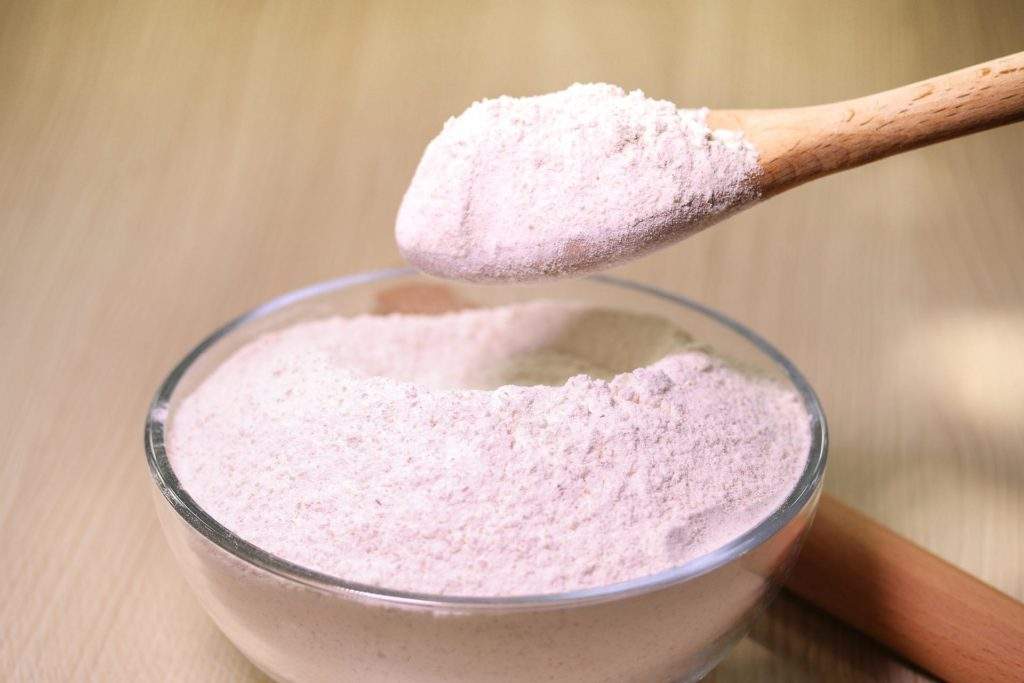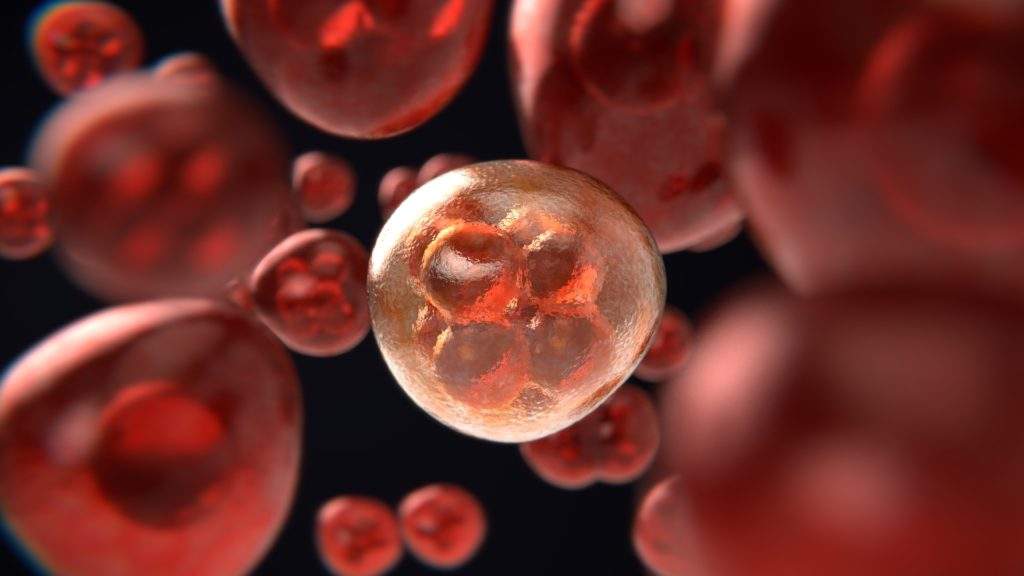Trehaloseis a natural sugar composed of 2 glucose molecules (disaccharides).
It is a colorless, odorless crystalline powder that is approximately 45% of the sweetness of ordinary sugar, soluble in water.
The name of this disaccharide comes from the biblical word “trehala”, which means manna that God gave to the Jews from heaven when the Israelites left Egypt.
It is a leader among sweetenersdue to its health benefits and lack of side effects.
Trehalose is derived from tapioca starch and, more importantly, has a high capacity to absorb water and reduce its activity.
Thus, in products with high moisture content (between 7-9 %), trehalose keeps cakes, cookies and other products fluffy; in specialty foods with low moisture content (between 2-5 %), it preserves the crispness of cookies, crackers and tea cakes.
Many insects incorporate this disaccharide directly into their metabolism.
In bees, for example, it acts as the main source of energy, circulating through the hemolymph instead of the blood.

In 1994, Japan’s Hayashibara Co., Ltd. developed a way to mass-produce trehalose, a natural energy-producing sugar found in many plants, algae, fungi, bacteria and insects.
Since then, the company’s research, and the work of scientists around the world, has revealed extensive benefits.
Although currently used to extend the shelf life of foods or vaccines, Hayashibara hopes that trehalose could also be used to prevent and treat some metabolic, cardiovascular, neurodegenerative and infectious diseases.
Early trehalose manufacturing methods produced low yields, making the product prohibitively expensive for commercial use.
In 1992, Kazuhiko Maruta, a glycologist at Hayashibara, discovered two enzymes produced by a soil bacterium, strain Q36 of the Arthrobacter species.
These enzymes, along with a starch-degrading enzyme discovered in 1966, can repeatedly react with maltodextrin to produce high yields of trehalose.

“Hayashibara initiated mass production of trehalose following studies that showed it provides excellent hydration, is only half as sweet as table sugar and is stable, making it suitable for use in a wide range of foods,” says Maruta.
Trehalose, which is now widely used to extend the shelf life of foods, prevents food from drying out, starch-containing products from going rancid, and fruits and vegetables from discoloring.
It also suppresses the growth of ice crystals in frozen foods, reducing food loss.
“Trehalose has been used safely as a food ingredient in Japan for more than 20 years,” says Takanobu Higashiyama, senior scientist at Hayashibara, who has been researchingtrehalose since 1999.
Higashiyama is establishing international collaborations to investigate the health benefits of trehalose.
It also plans to examine its potential for preserving enzymes in the food and pharmaceutical industries.
“Enzymes can become unstable and denature easily when heated or dried, losing their activity. This makes their preservation difficult if an adequate cold chain is not maintained. If trehalosecan be used as an enzyme stabilizer, it has enormous potential to extend shelf life and reduce energy costs in cold chains.“, he says.
This potential could also extend to vaccines and eliminate the need for cold chain storage, a major obstacle in vaccine distribution and storage.

Scientists have identified trehalose’s potential for health through its role in activating autophagy, the body’s natural process for eliminating damaged cells.
“Most of the current inducers of autophagy are synthetic chemicals, so it is interesting to see how trehalose, as a natural substance, contributes to human well-being,” says Higashiyama.
The role of the trehalose as an activator of autophagy was first reported by researchers in the UK, whose research in mice demonstrated that the trehalose, through its activation function, helped to eliminate mutant proteins that have been associated with Huntington’s and Parkinson’s diseases.
Other researchers found that this autophagy-inducing function prevented neural tube defects in developing fetuses of diabetic model mice; elicited a cardioprotective effect that could improve cardiac remodeling after heart attacks; and attenuated atherosclerosis and fatty liver in mice fed high-fat diets.
Scientists have even speculated that the autophagy-dependent antiviral actions of trehalose could be used to help prevent infection and virus transmission.
“With the aging of the world’s population, many people are concerned about their health. We expect that people’s healthy life expectancy will be prolonged with the daily consumption of trehalose“says Arai.

New research, conducted in mice, indicates that trehalose blocks liver glucose and activates a gene that increases insulin sensitivity, reducing the likelihood of developing diabetes.
Activation of the gene also causes an increase in calories burned, reduces fat accumulation and weight gain, and lowers blood fat and cholesterol measurements.
The findings, by researchers at Washington University School of Medicine in St. Louis, suggest new possibilities for treating metabolic syndrome, a cluster of related conditions that includes obesity, diabetes and fatty liver disease.
Although the potential medicinal use of trehalose still requires considerable research, the researchers found that administering trehalose to mice via drinking water had beneficial effects on the animals’ liver metabolism, similar to those obtained with fasting.
“We discovered that this gene, Aloxe3, improves insulin sensitivity in the same way that common diabetes drugs-called thiazolidinediones-improve insulin sensitivity,” said Brian DeBosch, M.D., assistant professor of pediatrics.

“And we show that Aloxe3 activation in the liver is triggered by both trehalose and fasting, possibly for the same reason: depriving the liver of glucose.”
“In mice, this gene is activated as part of what appears to be the normal response to fasting. Our data suggest that fasting – or administration of trehalose with a normal diet – causes the liver to change the way it processes nutrients, in a beneficial way. And if glucose can be blocked from the liver with a drug, it may be possible to take advantage of the benefits of fasting without strictly limiting food“.
The researchers found that Aloxe3 in the liver-whether activated by fasting or by trehalose– causes mice to not only better utilize insulin, but to increase calorie burning, raise body temperature, reduce weight gain and fat accumulation – including fat deposits in the liver – and lower blood fat and cholesterol measurements.
In addition, they found that mice fed an obesity-inducing diet and free-eating mice that are genetically prone to obesity are protected from metabolic disease if giventrehalosein their drinking water.
By studying the genes activated in the livers of mice that were administered with trehalose, DeBosch and his colleagues were intrigued by Aloxe3, which is normally known to help the skin maintain adequate hydration in the body and was not thought to have any role in the liver.
The researchers found that activation of Aloxe3 in mice administered trehalose improved insulin sensitivity in a manner similar to how thiazolidinediones act.
This activation could increase insulin sensitivity in the same way.

TÖUFOOD is a complete line of products of exceptional quality, developed by GASTROCULTURA MEDITERRÁNEA SL, which allows the most well-known techniques of modern cuisine to be put into practice. Innovative recipes can be easily realised, bringing excitement and surprise to dishes, offering a stimulating and memorable culinary experience.